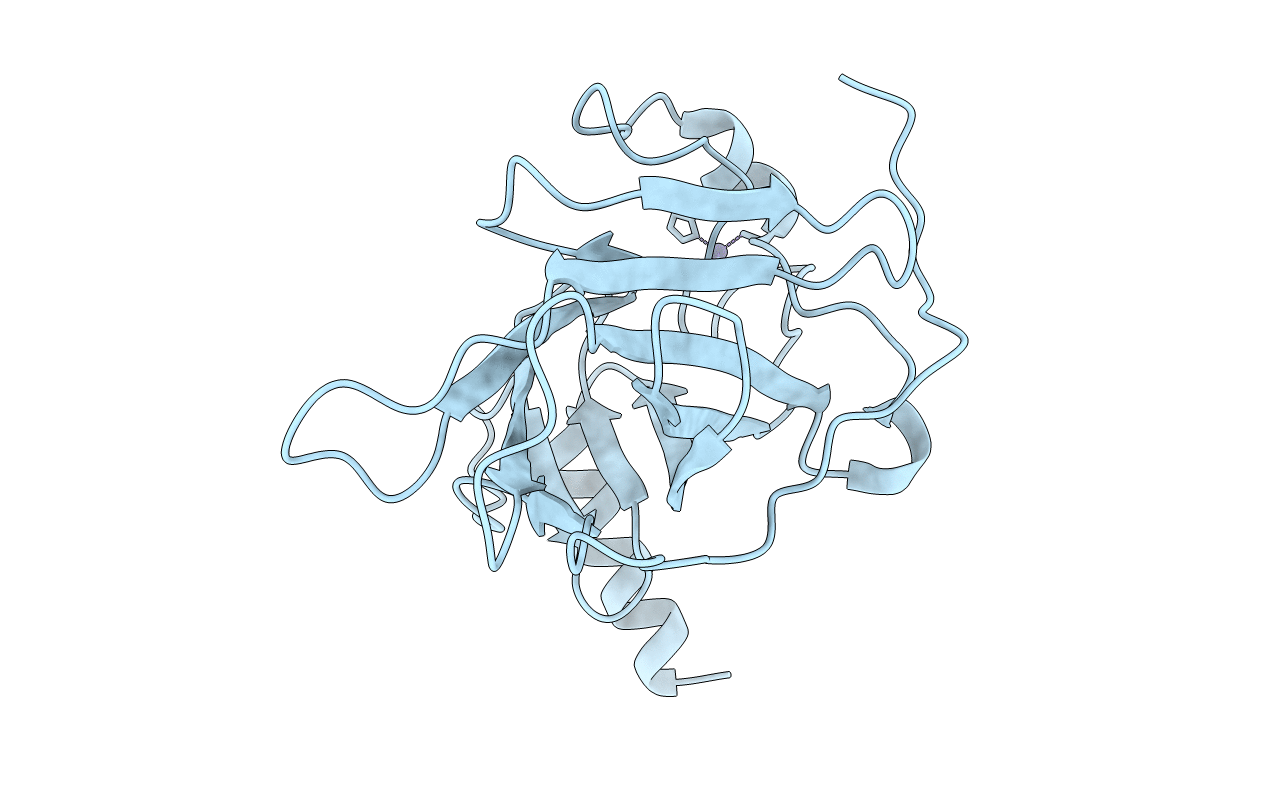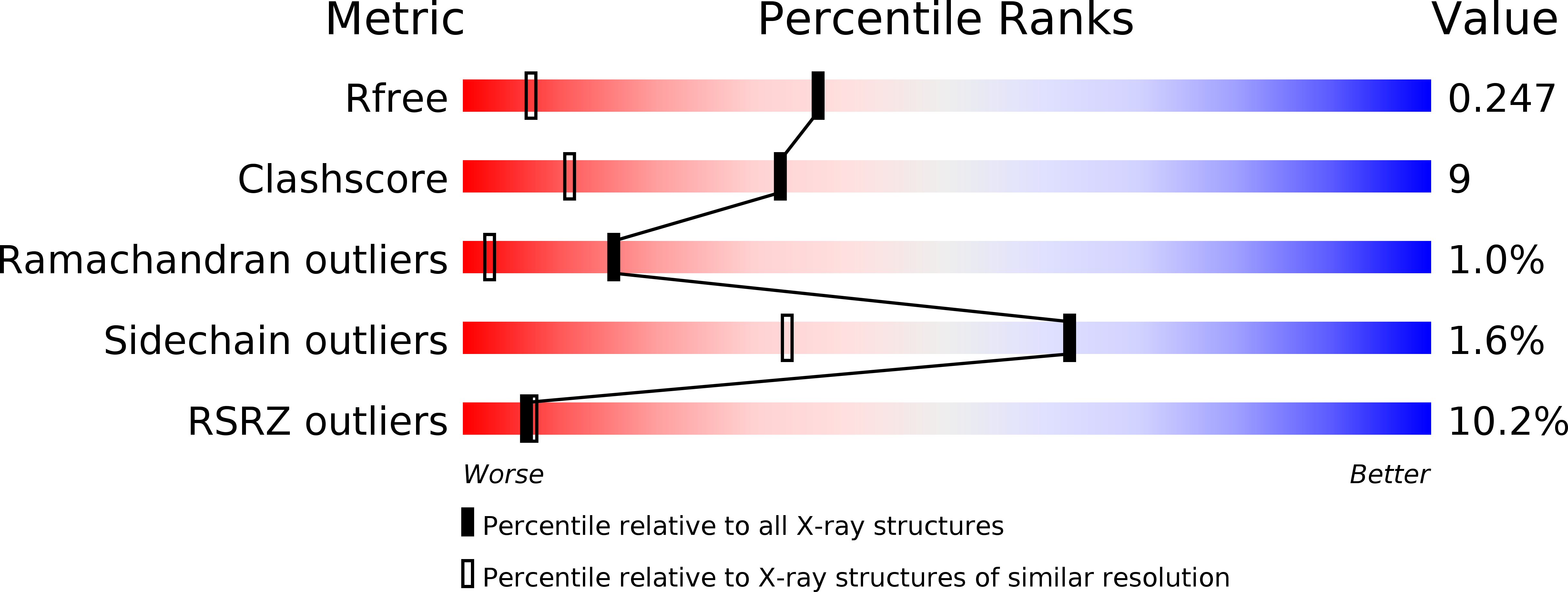
Deposition Date
2007-03-30
Release Date
2008-04-08
Last Version Date
2023-08-30
Entry Detail
PDB ID:
2PCX
Keywords:
Title:
Crystal structure of p53DBD(R282Q) at 1.54-angstrom Resolution
Biological Source:
Source Organism:
Homo sapiens (Taxon ID: 9606)
Host Organism:
Method Details:
Experimental Method:
Resolution:
1.54 Å
R-Value Free:
0.23
R-Value Work:
0.19
R-Value Observed:
0.19
Space Group:
P 1


